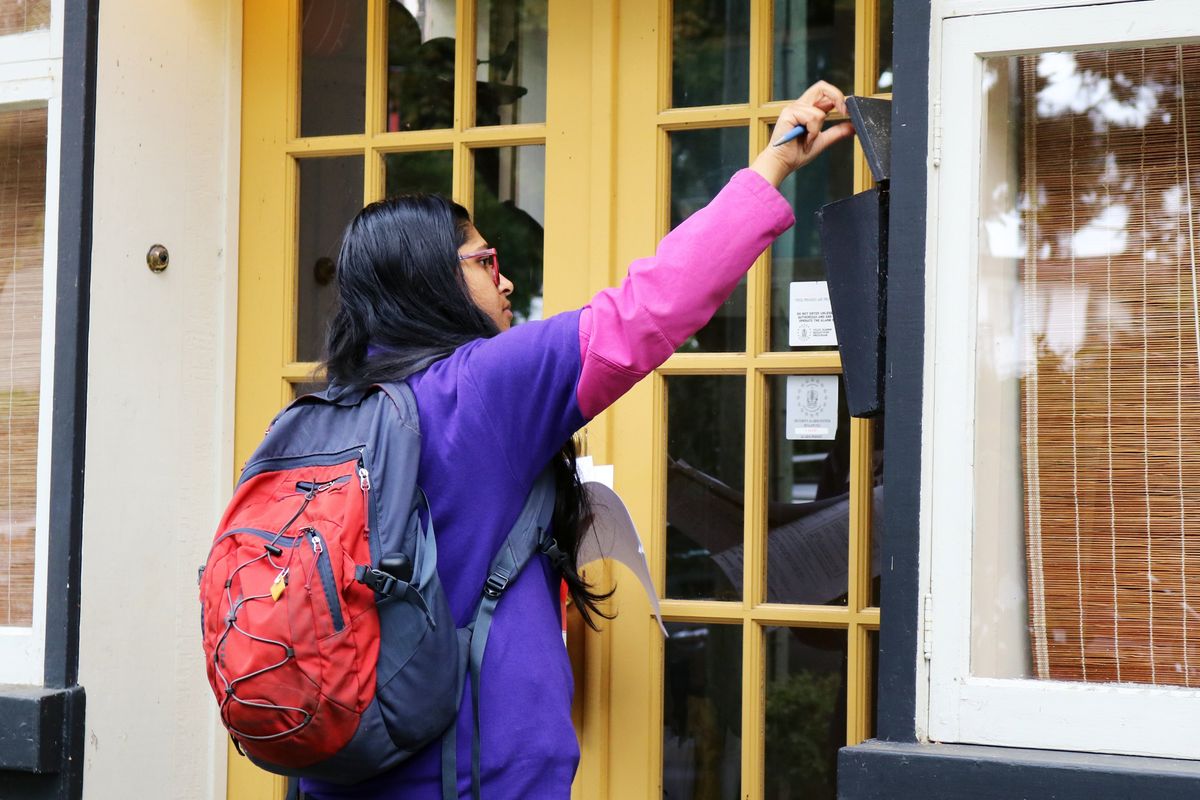Ring doorbell video captures the phenomenon of what it's like to be the default parent
Millions of us know what it's like to be the "default parent."

If you don't know what the "default parent" it is, it probably isn't you.
Kids, man. I'm not sure of the scientific way audacity is distributed, but kids have a lot of it and somehow manage to make it cute. That audacity overload is especially interesting when you're the default parent—you know, the parent kids go to for literally everything as if there's not another fully capable adult in the house. Chances are if your children haven't sought you out while you were taking a shower so you could open up a pack of fruit snacks, then you're not the default parental unit.
One parent captured exactly what it's like to be the default parent and shared it to TikTok, where the video has over 4 million views. Toniann Marchese went on a quick grocery run and *gasp* did not inform her children. Don't fret though, they're modern kids who know how to use modern means to get much-needed answers when mom is nowhere to be found. They went outside and rang the doorbell.
Back when we were children, this would've done nothing but make the dogs bark, but for Marchese's kids, who are 3 and 6 years old, it's as good as a phone call.
You may be questioning why this mom left her two young children home alone. She didn't. Their father was home, likely wondering why the children were playing so quietly. But. He. Was. Right. There. And the kids still bypassed him to talk to their mom through the Ring doorbell camera. It was pressing business, after all.
"My tablet is dead," the 3-year-old said.
The kids ignored Marchese's questions about where their dad was and continued to complain about their tablets. The entire situation is enough to make any default parent chuckle and maybe sob a little.
Watch the urgent doorbell call below:
@tinyann22 Moms can never get a minute of peace lol #momsoftiktok #momlife #ring #camera #kidsoftiktok
And if you're skeptical that dad was within shouting distance, the mom of two uploaded a part two where dad comes into the frame.
@tinyann22 Replying to @iustmerlp part 2… daddy was found! Lol #kidsoftiktok #momsoftiktok #parentsoftiktok #fyp #ring #prioritiesfirst
While we got a cute couple of videos out of it, being the default parent is a very real syndrome and can be exhausting. To help you handle (and eventually break out) of the role, Psychology Today offers some insight and solutions that will help you feel less alone.
This article originally appeared two years ago.
- Therapist and mom helps struggling parents by explaining care tasks are ‘morally neutral' ›
- How schools promote moms as default parents - Upworthy ›
- Mom counts the number of requests her kids make - Upworthy ›
- Mom's advice to overwhelmed daughter caught on doorbell cam - Upworthy ›
- Woman tells God to make her a tree in next life, moms agree - Upworthy ›
- Couple gives neighbor pregnancy updates through doorbell cam - Upworthy ›
- Working dad explains why he stays up at night with baby - Upworthy ›
- Mom of teens admits two truths about being 'default parent' - Upworthy ›
- Woman's door camera captures elderly couple's daily indoor walks. Her response was perfect. - Upworthy ›
- School threatens mom with CPS after missed calls. They never called dad. - Upworthy ›

